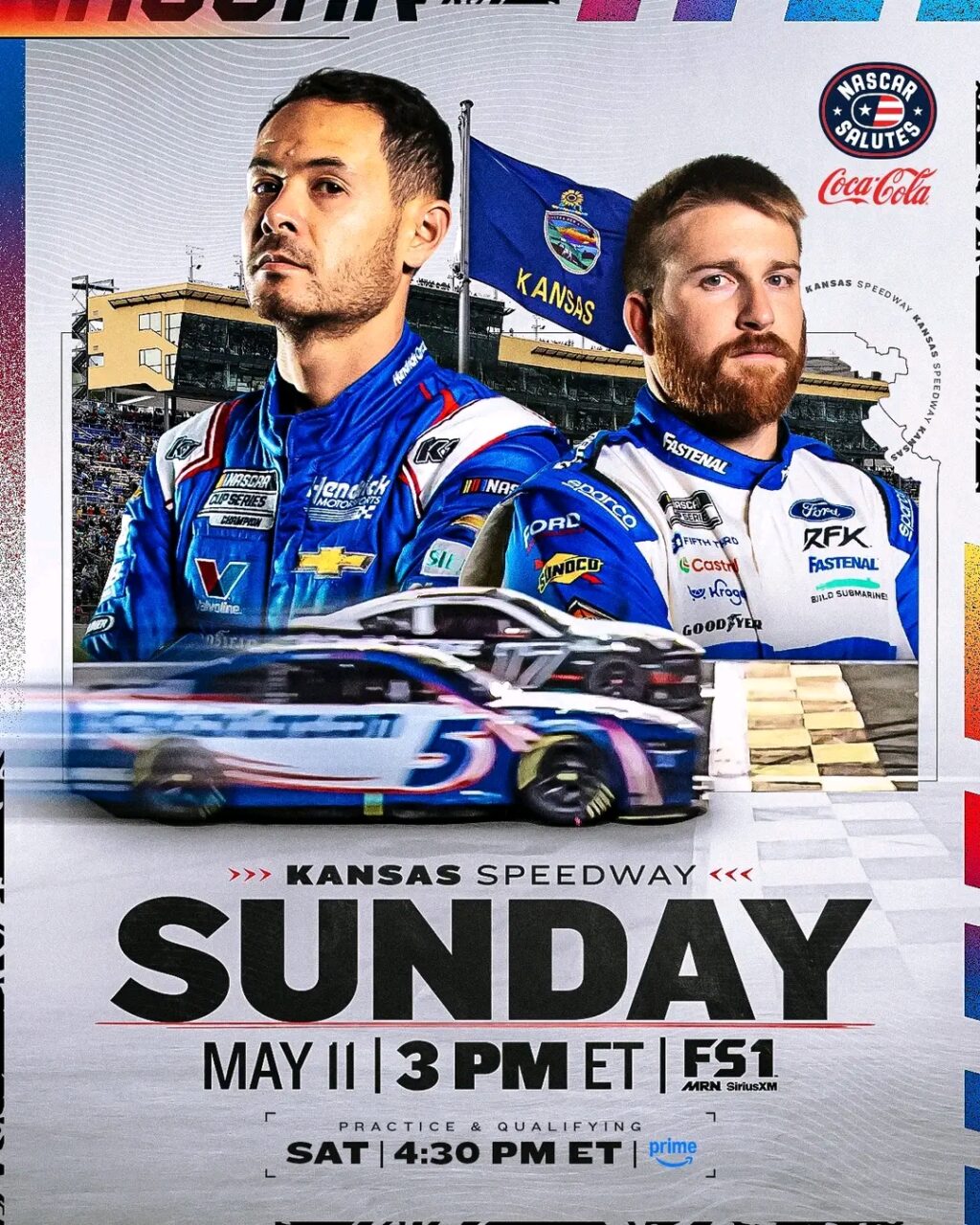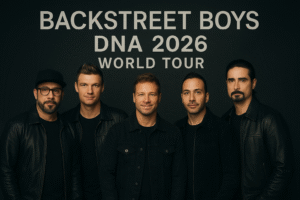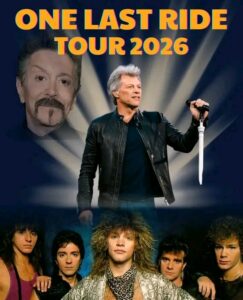
Heading Back to Where History Was Made in NASCAR: A Powerful Return to the Roots of Stock Car Glory
By [Author Name] | May 9, 2025
In the ever-evolving world of motorsports, it’s easy to get caught up in futuristic car designs, cutting-edge simulators, and high-tech race shops. But every once in a while, the sport looks in the rearview mirror and remembers its roots. In 2025, NASCAR is doing just that — heading back to where history was made, reconnecting with the tracks, stories, and legends that built the foundation of stock car racing.
From the dusty dirt tracks of the Carolinas to the iconic pavement of Daytona and Darlington, NASCAR’s return to its historic sites isn’t just a symbolic gesture. It’s a full-throttle movement to honor tradition, revive legendary venues, and bridge the gap between past and present for a new generation of fans.
A Return to North Wilkesboro: A Cinderella Comeback
One of the most emotional highlights of NASCAR’s nostalgic revival has been the return to North Wilkesboro Speedway. Tucked away in the rolling hills of North Carolina, this .625-mile short track was one of the original venues in NASCAR’s formative years. First opened in 1947, it hosted generations of legendary drivers before closing in 1996 — left to decay as the sport turned to newer, larger venues.
But in 2023, a grassroots movement led by fans, racers, and industry insiders — including Dale Earnhardt Jr. — helped bring North Wilkesboro back to life. With extensive renovations and modern upgrades carefully balanced against preserving its classic look, the track returned to the NASCAR schedule as a beloved centerpiece of the All-Star Race weekend.
The return wasn’t just a symbolic victory; it was a competitive one. The roar of engines on the worn pavement echoed through the hills once more, and the grandstands were packed with fans who had waited decades to see cars race there again.
“Being back here feels like time travel,” said Dale Earnhardt Jr., who lobbied hard for the track’s restoration. “This place is part of NASCAR’s soul. You feel it in the air.”
The Magic of Martinsville and Darlington: Timeless Test Tracks
While some historic tracks have returned from the dead, others never left — like Martinsville Speedway and Darlington Raceway, two of NASCAR’s oldest and most iconic venues.
Martinsville, affectionately known as the “Paperclip,” has hosted NASCAR races since 1949. Its tight turns, flat banking, and short straightaways continue to test the mettle of even the most seasoned drivers. The grandfather clock trophy, awarded to each Martinsville winner, is still one of the sport’s most coveted symbols.
In 2025, Martinsville remains a fan-favorite stop, blending tradition with thrilling action. It’s where tempers flare, bumpers get used, and legends are either made or broken.
Darlington, meanwhile, is home to the Southern 500 and the infamous “Darlington Stripe” — a nod to the wall scars that every driver earns while dancing too close to the razor-thin racing line. The track’s egg-shaped layout and abrasive surface make it one of NASCAR’s greatest challenges.
“Darlington doesn’t care about your reputation,” says Kevin Harvick. “You have to earn everything here, just like the old days.”
Reconnecting with Dirt: Bristol’s Bold Transformation
As NASCAR reconnects with its dirt roots, the decision to cover Bristol Motor Speedway in Tennessee with dirt for select races has ignited both passion and debate. In doing so, NASCAR honored its humble beginnings when stock cars roared across fairgrounds and county dirt ovals.
The modern-day Bristol Dirt Race, first held in 2021, was a bold experiment that paid off. It rekindled memories of drivers like Lee Petty and Junior Johnson, who cut their teeth in the mud before ascending to national stardom.
While traditionalists may prefer the concrete bullring version of Bristol, others see the dirt events as a homage to how racing started.
“Dirt is where the soul of NASCAR lives,” said Kyle Larson, who has dominated in both dirt and pavement disciplines. “It’s pure, it’s real, and it takes a different kind of skill.”
Rockingham Revival: A Sleeping Giant Awakens
Another name that stirs deep nostalgia is Rockingham Speedway — “The Rock” — a one-mile oval in North Carolina that was once a staple of the Cup Series calendar. Long known for its abrasive surface and demanding layout, Rockingham has been silent for far too long.
But now, whispers are growing louder that Rockingham could be next in NASCAR’s journey back to historic tracks. Renovations are underway, partnerships are forming, and fans are rallying to bring Cup racing back to this once-proud venue.
In interviews, NASCAR officials have expressed openness to evaluating Rockingham for future events.
“We’ve seen what returning to places like Wilkesboro can do,” said NASCAR President Steve Phelps. “There’s magic in these tracks. Rockingham deserves another look.”
Fans Leading the Charge
What’s especially remarkable about this historic revival is how much of it is fan-driven. In an age of streaming platforms and digital engagement, NASCAR’s most loyal supporters have used social media, crowdfunding, and old-fashioned passion to breathe life back into the sport’s landmarks.
Grassroots groups have raised money, organized volunteer days to clean up old tracks, and flooded ticket lines for events at legacy venues. For them, it’s not just about nostalgia — it’s about identity.
“These tracks tell our story,” said Sarah Whitmore, founder of the “Bring Back the Rock” campaign. “When we go back to them, we remember where we came from — and we teach the next generation what this sport is all about.”
Drivers Embrace the Journey
Modern stars like Chase Elliott, Ryan Blaney, and Bubba Wallace have embraced this return to history, often sharing how honored they feel to compete at venues where their idols once raced.
“I grew up hearing stories about North Wilkesboro and Darlington from my dad,” said Elliott. “Now I get to live it. That’s special.”
Even younger drivers in the Truck and Xfinity Series are being exposed to this legacy-first mentality, racing on short tracks and dirt ovals that challenge their fundamentals and connect them to the roots of American racing.
The Path Ahead: Balancing History and Progress
While the return to NASCAR’s historic venues has been largely praised, it does pose logistical and strategic challenges. Many of these older tracks require significant investment to meet safety standards, modern infrastructure needs, and broadcast requirements.
However, NASCAR seems committed to striking the balance between tradition and innovation. By incorporating classic venues into a modern schedule — with new street races, international expansion, and high-tech fan experiences — the sport is building a bridge that honors the past while charging into the future.
In 2025 and beyond, the idea isn’t to replace the new with the old, but to enrich the present with the lessons and legends of the past.
Conclusion: More Than Just a Trip Down Memory Lane
Heading back to where history was made in NASCAR is not a marketing stunt or temporary gimmick. It’s a genuine, deliberate act of reconnection. It’s a celebration of the people, places, and moments that made NASCAR more than a sport — that made it a way of life.
As fans fill the stands at North Wilkesboro, cheer along the fences of Martinsville, and watch the sunset over Darlington’s pit road, they’re witnessing more than races. They’re witnessing the preservation of a legacy, the return of authenticity, and the reaffirmation of what NASCAR truly stands for.
In a world that moves fast and often forgets, NASCAR is choosing to remember. And in doing so, it’s writing a new chapter of history — one deeply rooted in the stories that started it.





